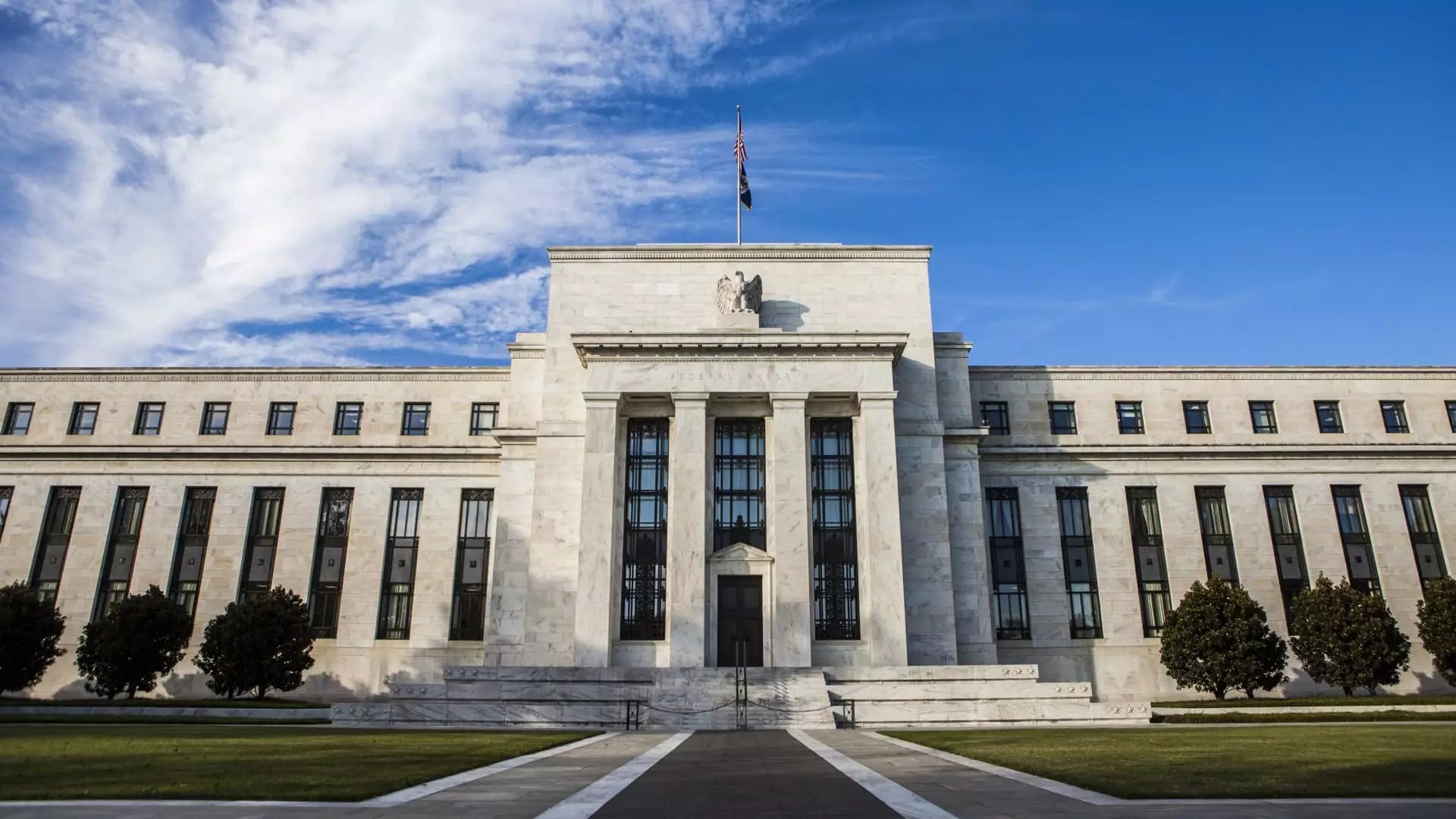As the Federal Reserve prepares for its upcoming two-day meeting next week, anticipation is high regarding its decision on interest rates. The Fed is largely expected to maintain the current rates, despite external pressures, including vocal criticism from political figures, particularly former President Donald Trump. Trump’s insistence that interest rates should fall immediately reflects broader concerns about how high interest rates and inflation jointly exacerbate financial hardships for many American consumers. With inflation hovering above the Fed’s target of 2%, the central bank’s cautious approach warrants a deeper examination of the implications of existing monetary policies.
For many consumers, relief from the dual burdens of rising prices and high borrowing costs appears elusive. Matt Schulz, Chief Credit Analyst at LendingTree, paints a stark picture, noting that expectations for the Fed to swiftly alleviate this strain may be misguided. This perspective invites a broader inquiry into how the Federal Reserve’s interest rate adjustments directly influence consumer borrowing and savings behaviors.
The federal funds rate—the benchmark that governs the borrowing costs for banks—has significant repercussions across the economy. For instance, while the tools of monetary policy do not alter consumer rates directly, they create a ripple effect influencing everything from mortgages and car loans to credit card debt. As the Fed deliberates on future rate changes, consumers can only wait, complicating financial planning for individuals already grappling with high prices and inflationary pressures.
Credit card rates maintain a particularly close association with the Fed’s decisions. Unfortunately, even when the Fed lowered its interest rates by a percentage point last year, the average credit card interest rate remained stubbornly high—exceeding 20%. This discrepancy can largely be attributed to card issuers being slower to decrease rates than to raise them in response to the Fed’s adjustments, as highlighted by Greg McBride, Chief Financial Analyst at Bankrate. As consumers face high delinquency rates and an increasing number making only minimum payments, the emphasis on managing high-interest debt becomes critical.
Moreover, the precarious landscape of credit card debt speaks volumes about consumer confidence and financial stability in the face of ongoing economic pressures. The time is imperative for consumers to adopt strategies that effectively manage their credit exposure.
Mortgage borrowers find themselves in a similar predicament. With the average rate on a 30-year fixed mortgage soaring to 7.06%, current homeowners are largely insulated from rate changes unless they decide to refinance or move. However, high rates severely hinder potential buyers from entering the housing market, leading to stagnation in home sales. The dynamics of fixed-rate mortgages, primarily tied to Treasury yields rather than the Fed’s short-term decisions, create a disconnect that exacerbates housing affordability challenges.
This situation manifests in a dual-layered market: existing homeowners maintain favorable rates, while first-time buyers confront steep financial pressures. With the current state of uncertainty, the future trajectory of the housing market remains precarious, hinging on broader economic conditions and potential changes to Federal Reserve policy.
Auto loans represent another significant area of consumer credit impacted by Federal Reserve policies. With a growing average rate of around 7.47% on five-year new car loans, the rising costs associated with vehicle financing are raising red flags. As auto prices continue to increase, alongside already steep borrowing costs, affordability issues remain exacerbated for new car buyers. Joseph Yoon, Consumer Insights Analyst at Edmunds, warns that ongoing economic trends may prolong these challenges, leaving consumers in a difficult bind as they navigate an increasingly costly market.
Education financing, particularly federal student loans, also reflects the complexities of interest rate policies. Although federal student loan rates are fixed, recent hikes have resulted in students facing higher borrowing costs. For the 2024-25 academic year, undergraduates taking direct federal student loans will grapple with a rate of 6.53%, up from 5.50%. The landscape for private loans remains even more unpredictable, given their variable rates that fluctuate in tandem with broader economic shifts.
However, amidst these rising pressures, it’s worth noting that high-yield savings accounts—benefiting from recent Fed hikes—offer consumers better returns than many have seen in over a decade, allowing savers a modicum of relief despite the challenges they endure across various forms of credit.
The Federal Reserve’s anticipated decision to maintain interest rates at current levels encapsulates a complex financial environment rife with uncertainties. As consumers navigate the implications of high rates across mortgages, auto loans, credit cards, and education financing, the repercussions of the Fed’s policy choices become eminently clear. While the withholding of relief may seem disheartening, consumers are encouraged to reassess their financial strategies as they brace for potential shifts in the economic landscape. The connection between monetary policy and everyday financial realities remains profoundly impactful, shaping decisions across the spectrum of economic activity for both individuals and households alike.


Leave a Reply